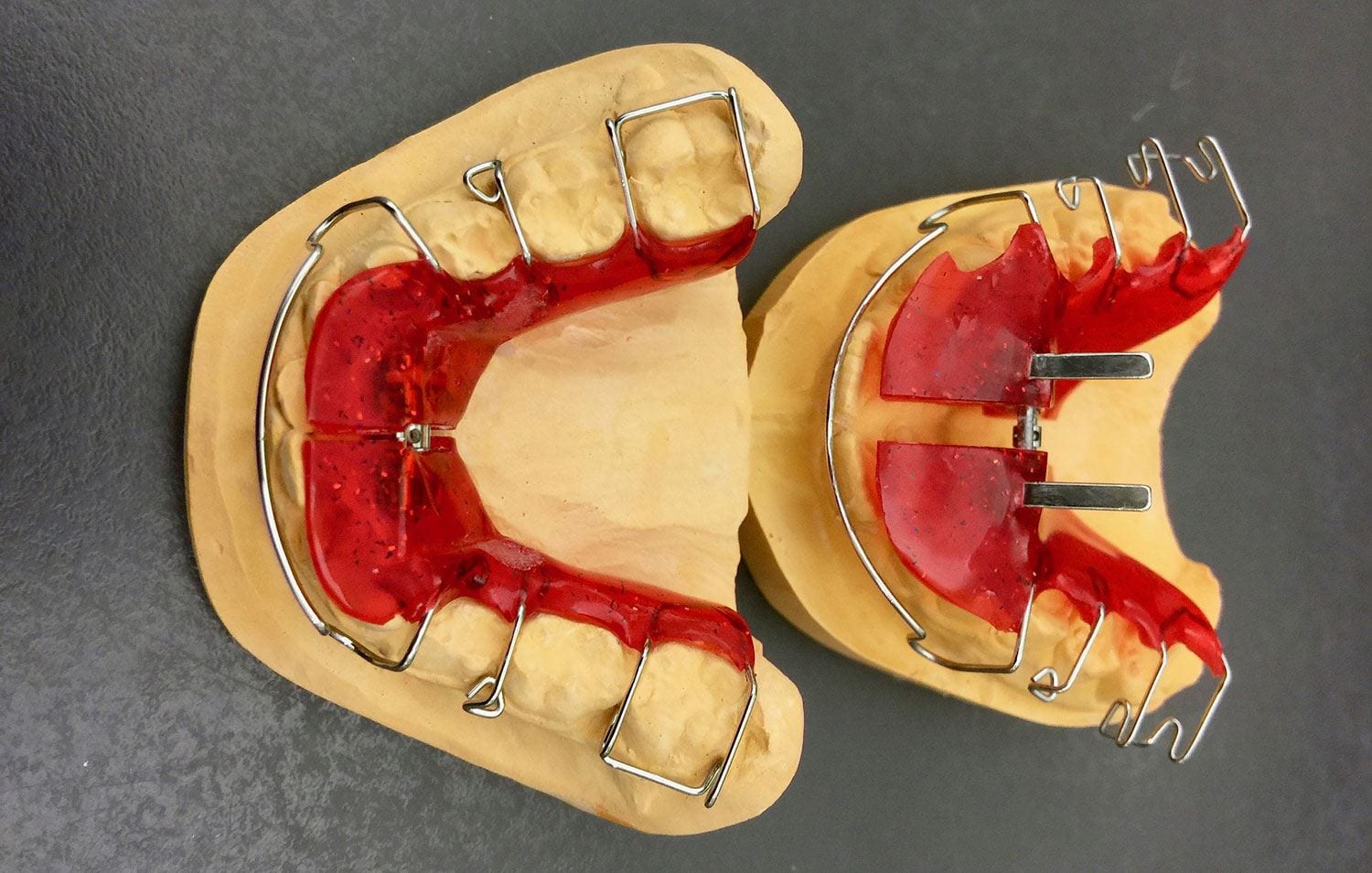There are several basic components that in one form or another common to most orthodontic systems. Acting together, they deliver the forces that will efficiently straighten your teeth. Let’s look at the different parts of braces so that you understand better how braces work.
Parts of Braces
- Brackets – Brackets are the individual attachments that are bonded to each tooth. They can be metal or a tooth color material.
- Orthodontic Bands – Orthodontic bands are metal rings with special attachments that are usually placed around the back of your teeth.
- Archwire – The archwire is engaged in each bracket and band and delivers the force that moves the teeth.
- Dental Bonding – Dental bonding reshapes a chipped or cracked tooth using a tooth-colored composite that helps to achieve a balanced smile.
- Elastic Ligatures – The elastic ligatures also referred to as ties or color ties are tiny colorful rubber bands that are attached to brackets and hold the archwire in place.
- Orthodontic Separators – Orthodontic spacers are commonly referred to as spacers that are placed between the molars at your second orthodontic appointment before molar bands are applied. They help space your teeth out before you have your molar bands on.
How Braces Work To Improve Your Smile
Although today we have different types of braces available, the procedure for getting braces is the same for all.
Your orthodontist will begin by putting on a cheek retractor that holds the lips and cheeks away from the teeth. There is also tooth surfaces are then sterilized using a cotton applicator that prepares them for the glue. The teeth are then rinsed and dried off after which the brackets are put on one at a time.
Each bracket has some glue on them and they are put onto each tooth. Each of the teeth has a very specific bracket for it. There are six different types of brackets that are put on the upper arch, while there are five different types of brackets for the lower arch. Then a special light is used that acts as a catalyst to make the glue harden. The bracket is then set and it becomes a permanent fixture on the teeth.
The next step is putting the archwires onto the braces. The wire is very flexible, but when it hits the body temperature, the wire returns to its original shape. The elastic ligatures are then put on to hold the wire to the braces. As the wire straightens out over time, the crooked teeth become straight. The wire is what puts the pressure on the teeth and causes the teeth to move.
Conclusion
Now since you know the entire process of how braces work, you will be able to sit through a treatment without worrying about how long it is going to take. Visit our Orthodontist in Lawrenceville, GA who can answer more of your questions about dental braces.
Categories
